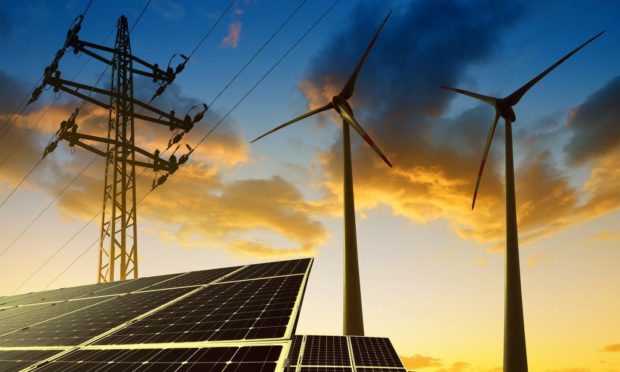There were 140 global M&A deals worth more than $50million (£36.6m) in the low carbon energy sector in the first half of the year as the investments became “increasingly attractive”.
According to the report by Deloitte, 11 of the deals were based in the UK which was the fourth largest market for such deals.
By sector, solar and wind were the most predominant investor target, accounting for two thirds of all transactions.
The United States delivered the highest number of deals in H1 2021 (22), followed by China who delivered 19. These were followed by Spain (16), the UK (11) and India (10). In contrast, South America was the least active region with only five transactions – less than 4% of global activity.
Low carbon M&A has found appeal among companies or energy suppliers who are moving to cleaner fuels and production by acquiring solar, wind and other energy technologies.
Core investment strategy
Shaun Reynolds, oil & gas transaction services partner at Deloitte, said that demand for deals in the sector had remained “steady” despite the pandemic and that he expected deal flow to pick up pace further in coming months, driven by “enabling” technologies such as electric vehicle charging.
“Low carbon technology is becoming increasingly attractive as a core investment strategy as both governments and corporates set ambitious targets towards net zero,” he said.
“Regardless of the impact of Covid-19, low carbon M&A transaction volumes have remained steady.
“There was a pick-up in deals in the second half of 2020, showing that investors took a long-term view of the importance of the energy transition.
“I expect to see further investment in enabling technologies such as EV charging, battery storage and energy technology that will keep low carbon deal volumes on the up.”
Risk/opportunity
Investors looking to burnish their green credentials through environmental, social, and governance (ESG) strategies were also deal drivers – although this is also pushing up pricing.
James Hilburn, ESG M&A leader at Deloitte, added: “Not only is ESG influencing business strategies and decision-making, but it is also measurably increasing asset values.
“This activity presents both substantial risks and opportunities that can become a source of competitive advantage in the world of M&A.”

